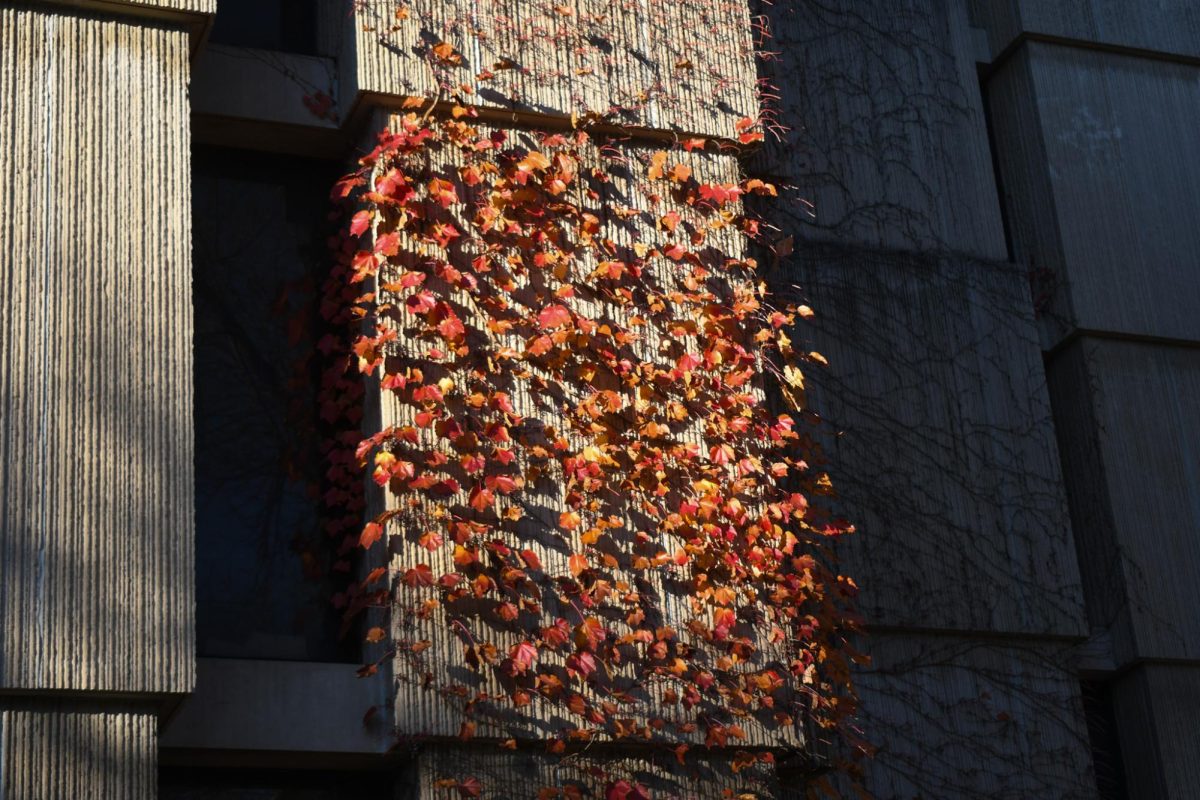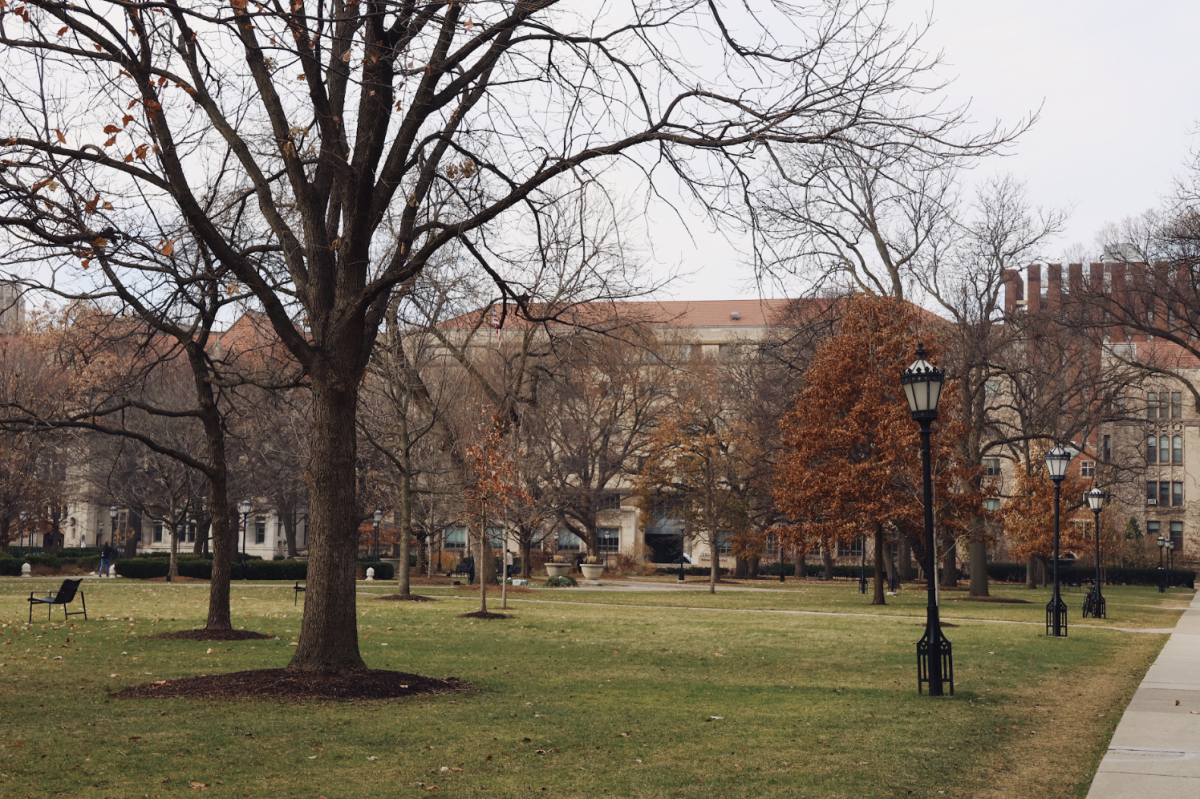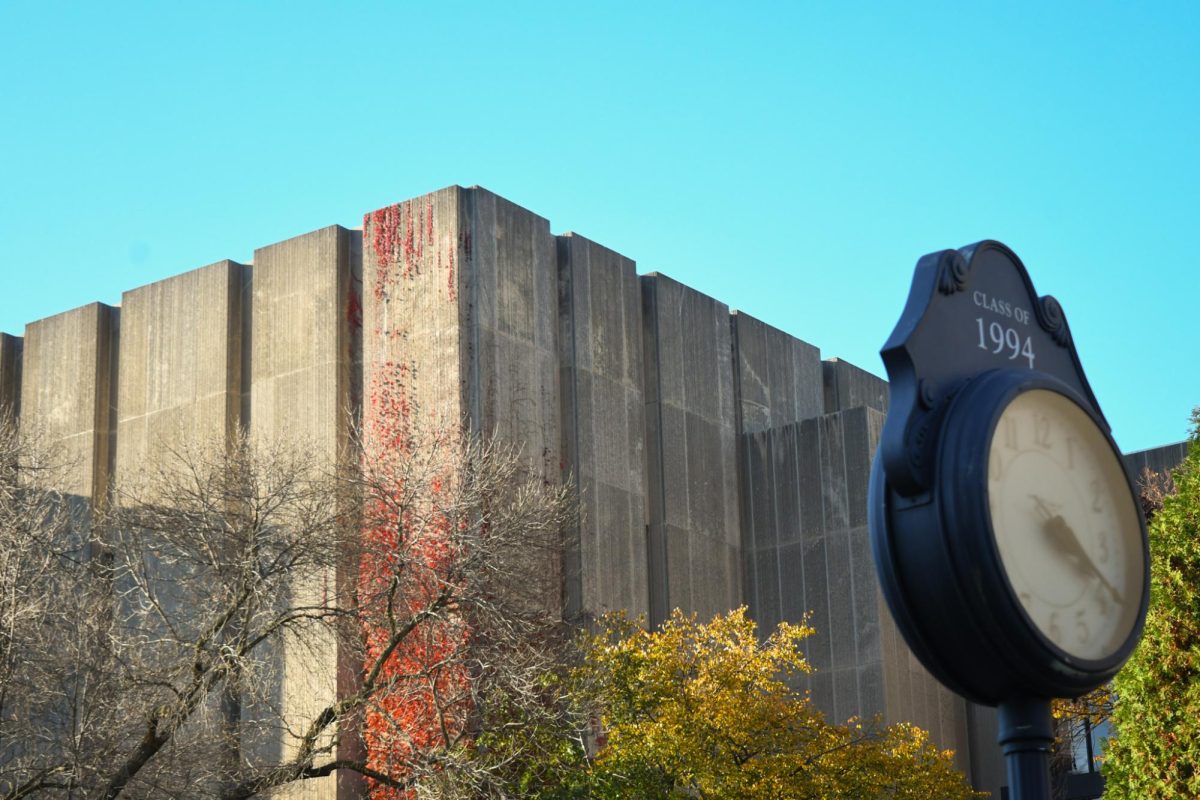I was disappointed to wake up this morning and find out that The Maroon had failed to take a stance on an issue that affects hundreds of students at this university.
The op-ed states that most students are upset with this decision and that the University had failed to enter into a dialogue with the students. All true. Over the past week, hundreds of current students and alumni have united in an effort on Facebook to “Save Our Satellites,” with more members joining every day. The status is far from quo, and the Maroon’s article does not reflect the thoughts and feelings of these upset students.
Instead, the editorial board erases student feelings, saying that “most students would rather live closer to campus, particularly incoming first-years.” That may indeed be true, but it’s far from absolute. While many people may not live off campus, I am sure that most people appreciate having a choice. While it may not be the majority, a significant number of students make the decision to live in an off-campus dorm, and by all accounts seem to be happy with this decision. For incoming first-years, housing decisions don’t come out until the middle of summer, and the housing deposit deadline has yet to pass, so there’s no way to know for sure what they want.
“In fall 2016, first-years moving into Campus North will be happy with the new, updated facilities and probably will not wish that they could live in a dilapidated building a mile away from campus instead.” Maclean is only two blocks away from campus. Even Broadview is less than a mile away. I run by these dorms almost every week on a grand tour of Hyde Park that takes me past every dorm—and the run is fewer than four miles. And dilapidated? The University has spent a good deal of money in recent years upgrading and repairing these dorms. The exploding toilets of Pierce is one thing. Leaky faucets and faded paint is another. The fact that many students of these dorms would rather live in an older, more remote building over a new, shiny, and central dorm speaks volumes about the value that students place on these dorms.
And these old dorms have a charm to them. They may not have the same creature comforts as South and Max P, but they have a sense of permanence and strength that I don’t feel in the newer dorms. The quotes on the wall of Maclean, the tradition of receiving rocks in your first year in Blackstone, and the strong, thick walls of Breckinridge make them feel less like living in a hotel and more like an actual home. There is a history there that goes beyond just a name.
This is the third time in the past two decades that a set of houses have been closed or moved, with students tasked with creating an entirely new house culture. Even after 14 years, many houses in Max P are still trying to establish distinct house traditions and identity. While I know that there are more traditions going on than I know about, the fact of the matter is that people often point to smaller houses and dorms with a stronger tradition of house culture over the newer dorms like South and Max P. Ending decades’ worth of history and making students start from scratch again only exacerbates this issue.
It’s more than being off campus that makes these dorms special. By focusing on smaller houses, these dorms, while remote, foster a very strong sense of community. The physical space contributes greatly to the culture. These dorms create a close, comfortable space where people can feel safe and make it easier to interact with their housemates. Far from being the refuge of the “anti-social,” these dorms produce an immensely strong culture due to their relative isolation. A close-knit group of people living in a space where everybody knows your name has created hundreds of families over the years (both literally and figuratively). Communal living areas further add to this environment. While Campus North may have a lot of amenities, it won’t provide the same sense of community that form houses like Tufts, Breckinridge, or Maclean.
While the University keeps trying to reassure us that this decision is a good one, and that students will like the outcome, nobody seems to have asked the students what they wanted. Sure, closing some dorms and houses was inevitable. But it should have been done with student input from every dorm, as a collaborative effort. One of the most often cited reasons for choosing UChicago is its diverse housing system, with a variety of house sizes, locations, and amenities. By closing and consolidating, the University is diminishing what makes the school unique—or better yet, uncommon. We have the Uncommon Fund, the Uncommon App, and we have (or had) an uncommon housing system.
In an effort to promote “parity” the University thinks it is trying to make every dorm equally special. But to paraphrase The Incredibles, “When every dorm is special, no dorm will be.” The students here deserve better from the University. And readers deserve a better response from The Maroon.
Nathaniel Rossum is a fourth-year in the College studying history.









